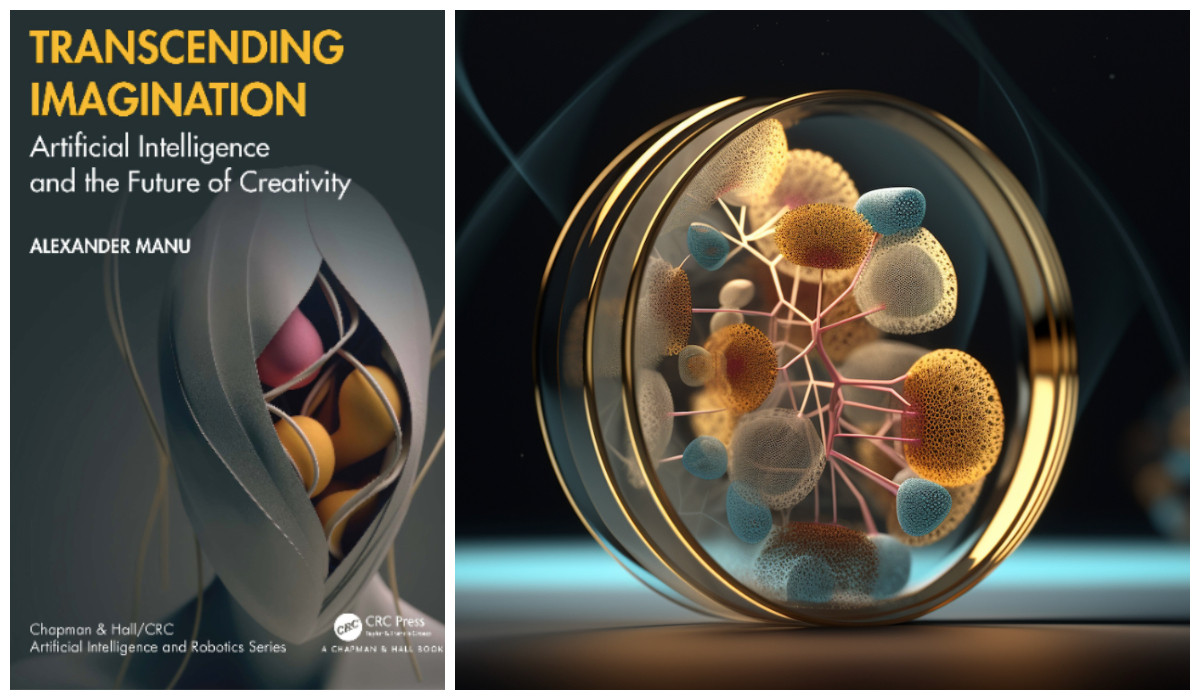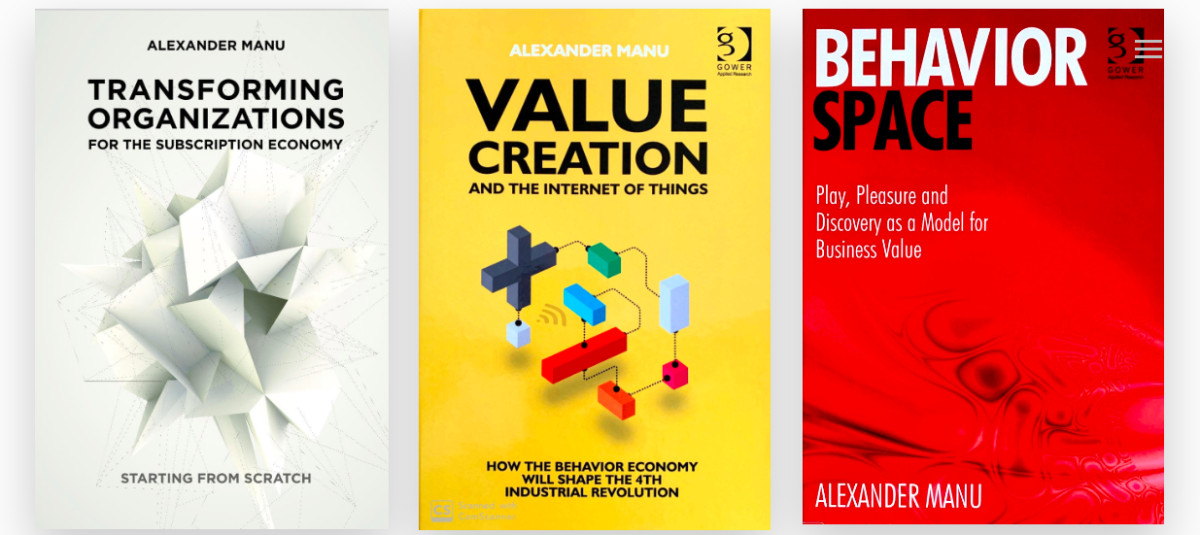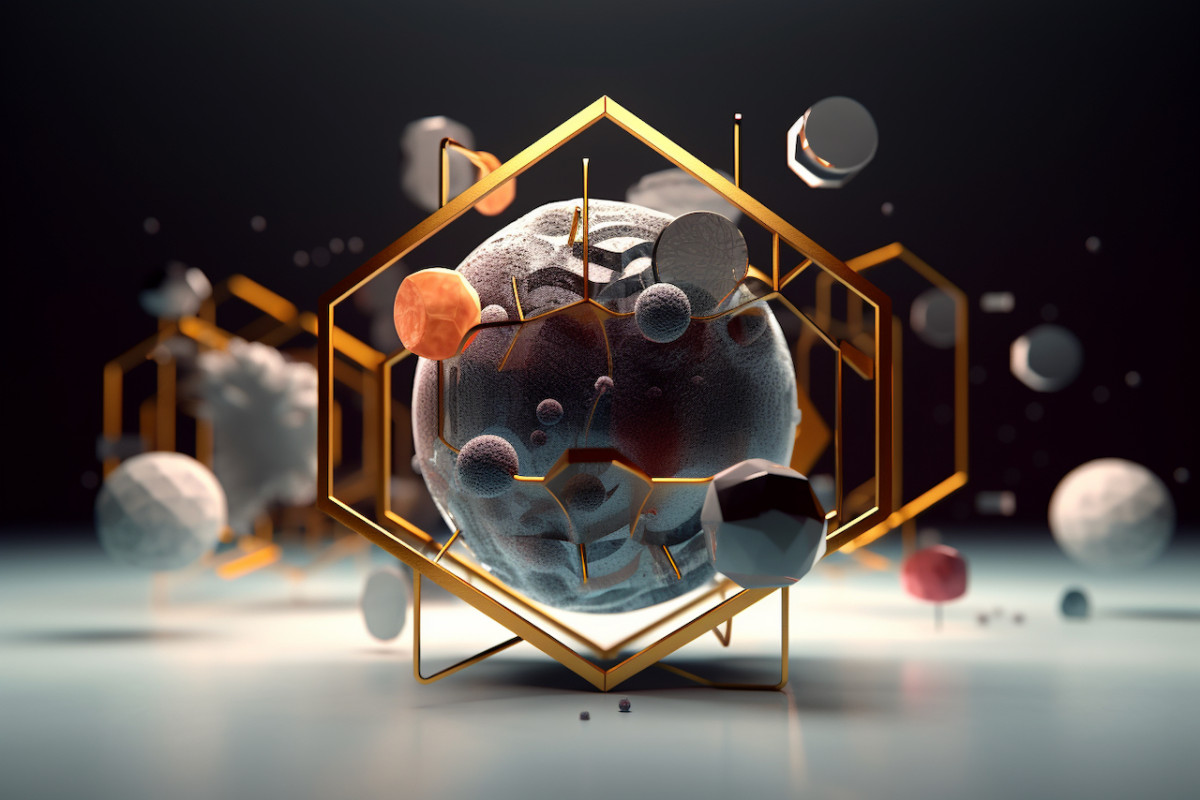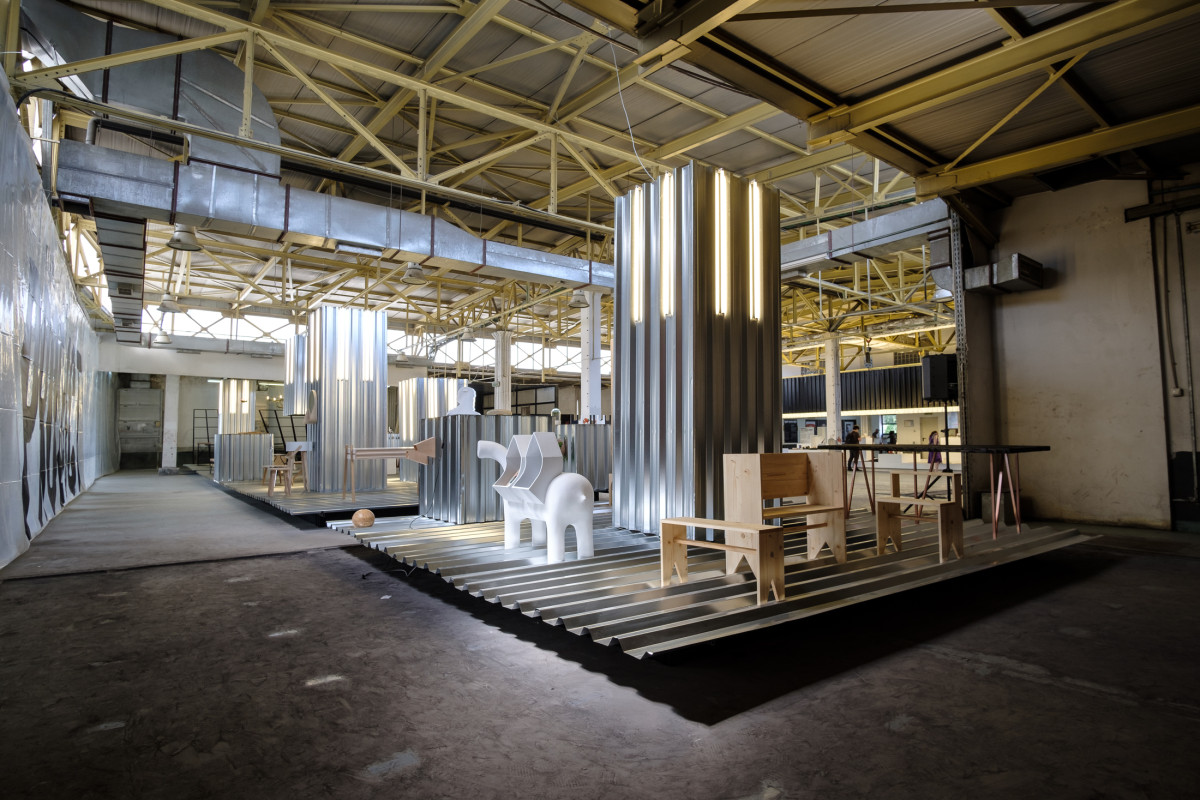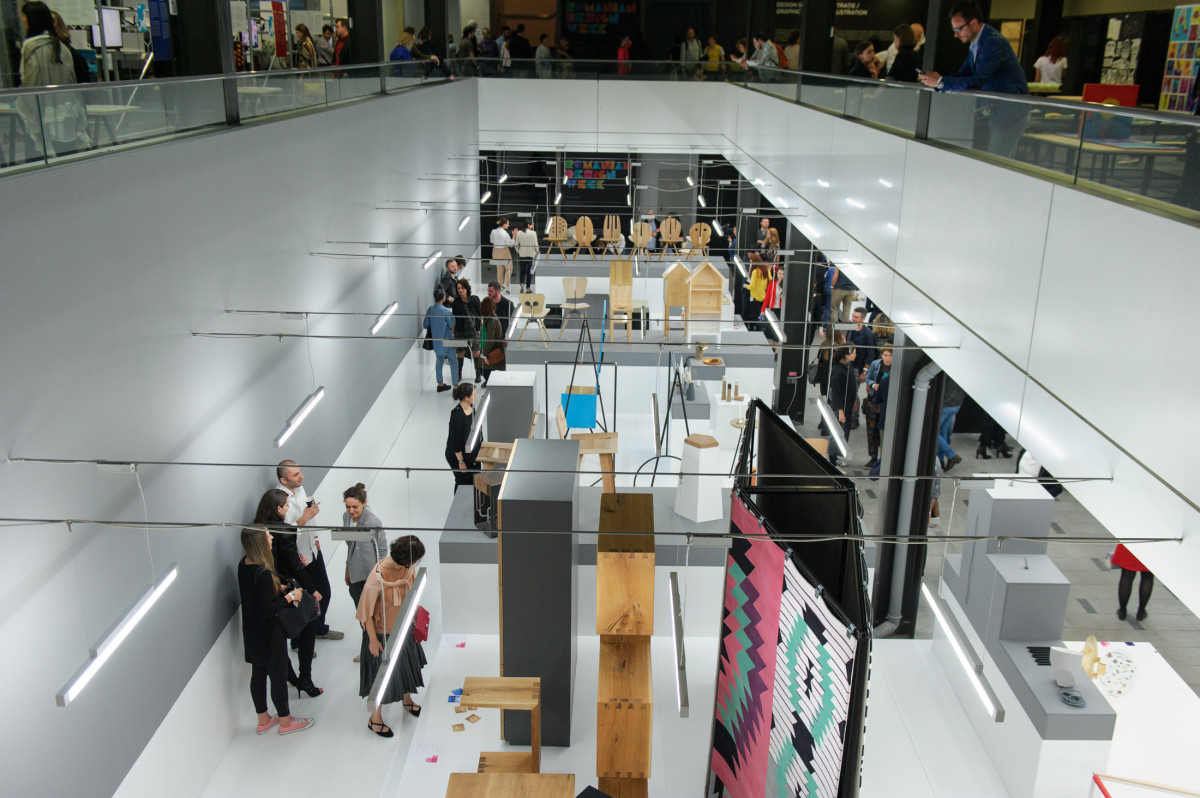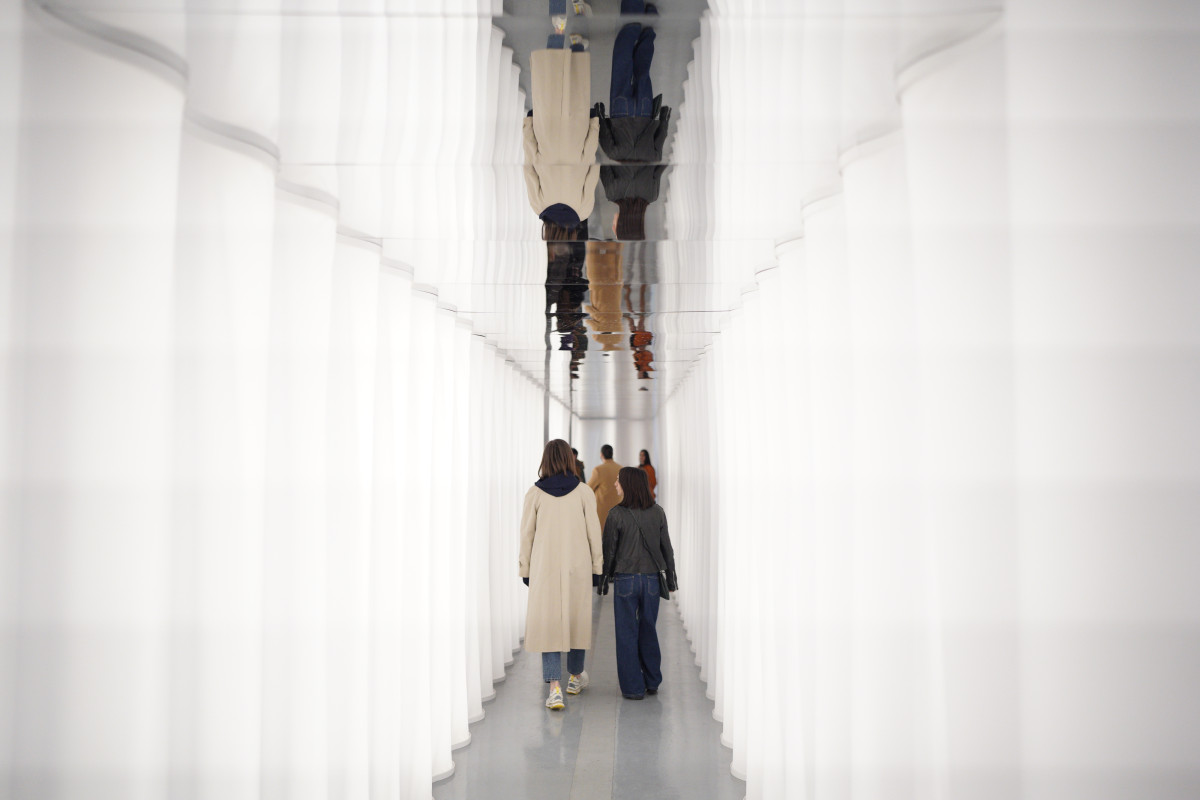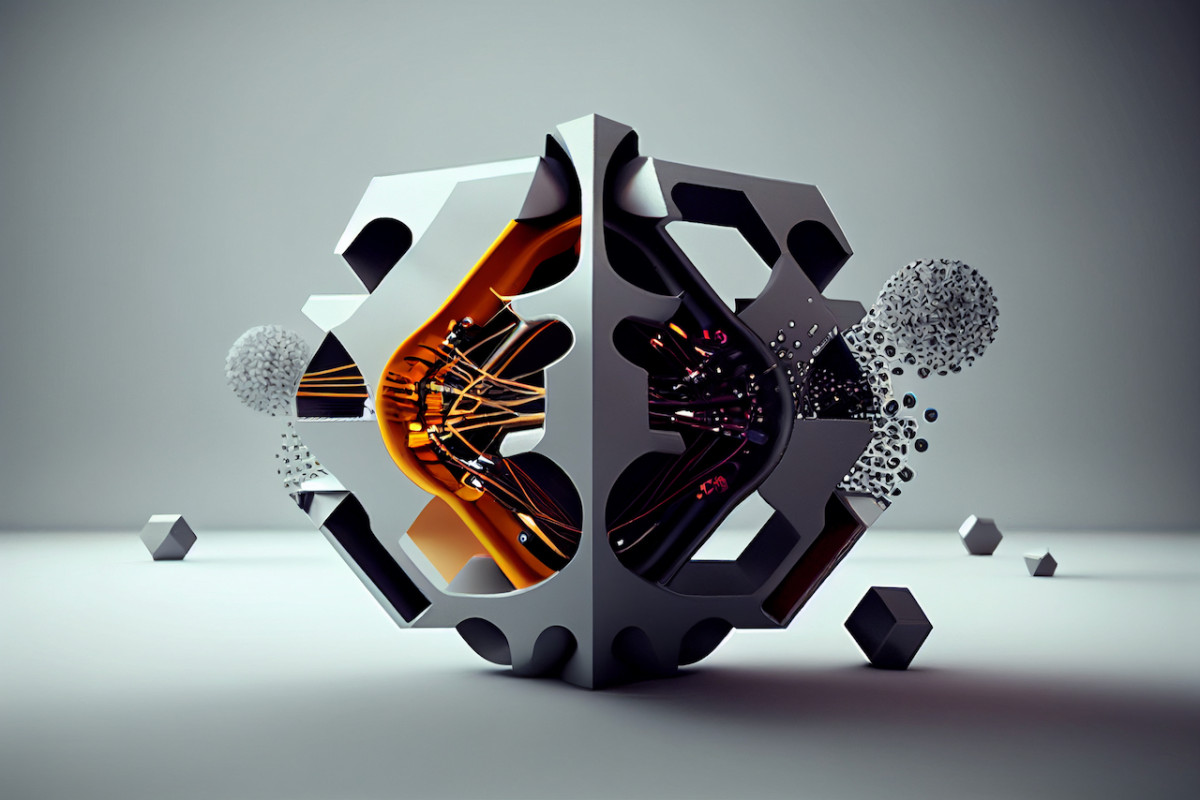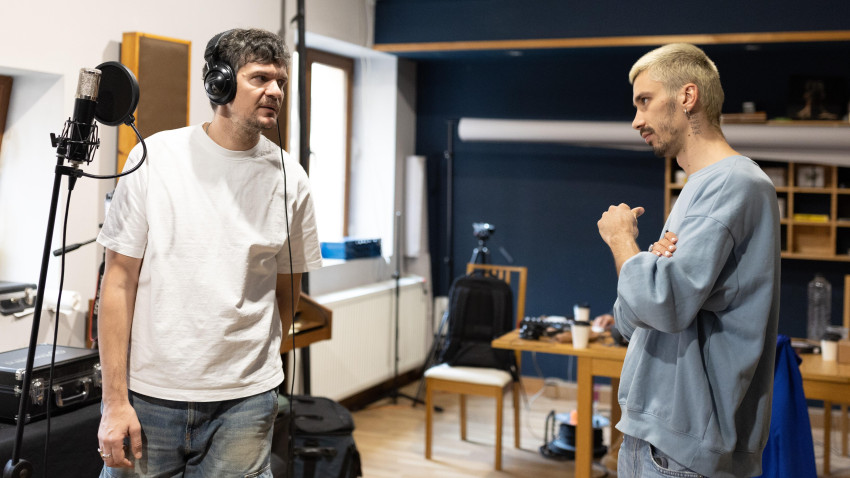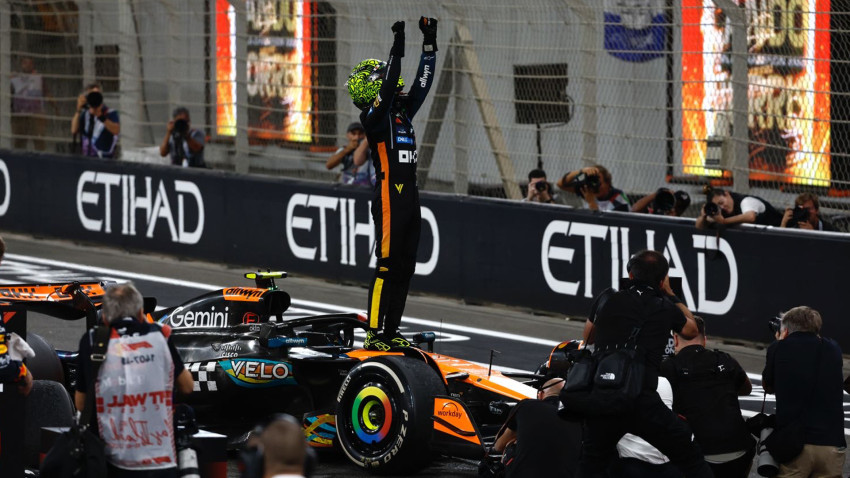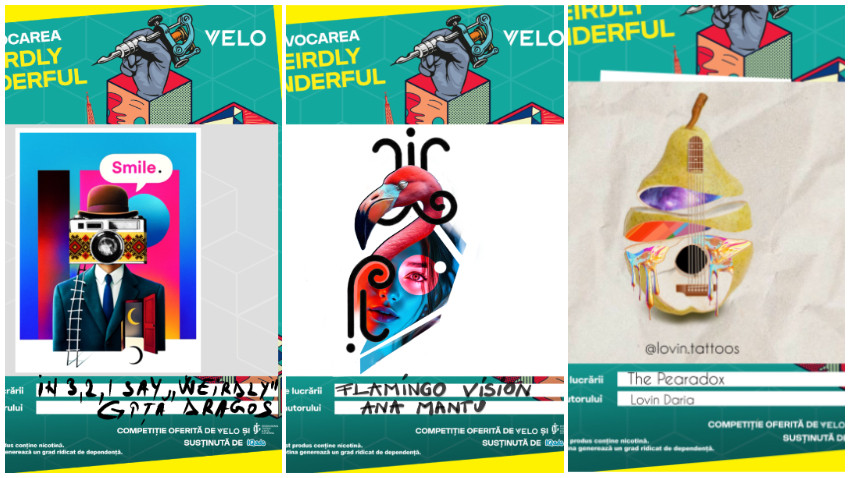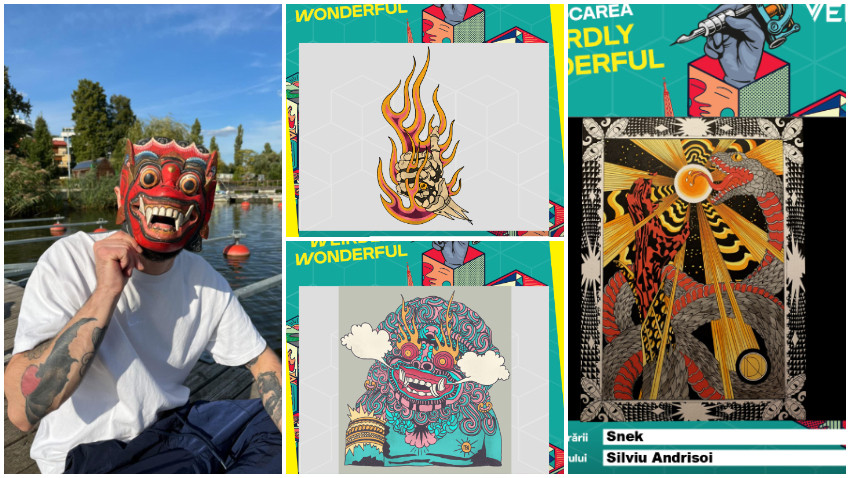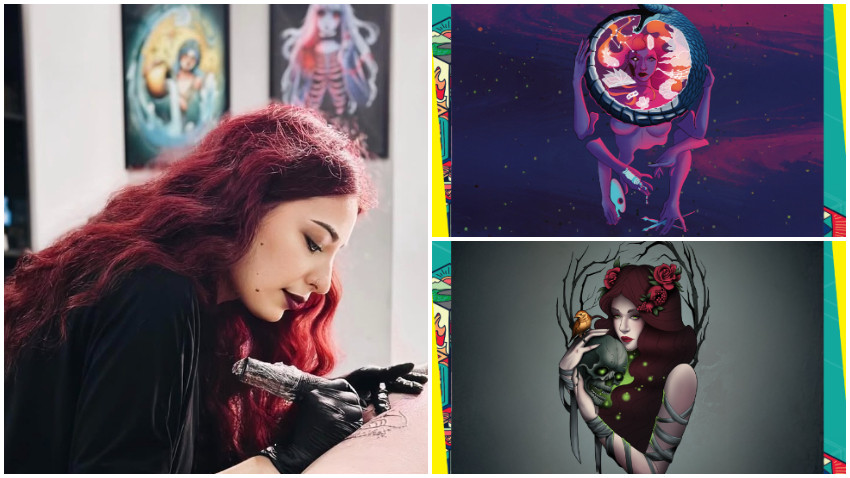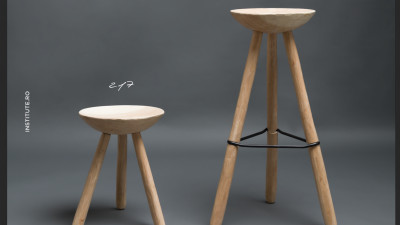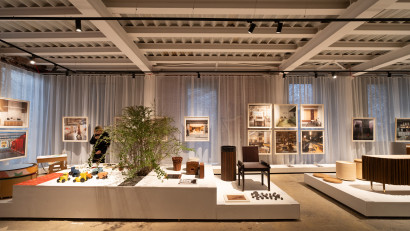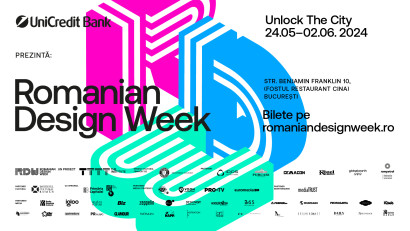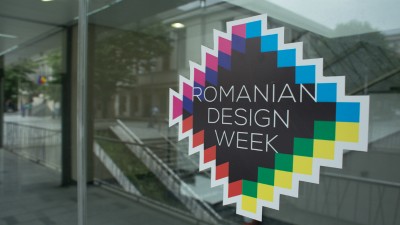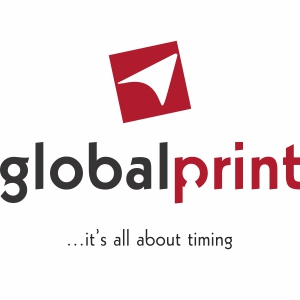In this "new world", marked by a ceaselessly transforming socio-technological environment, the role of creators extends far beyond traditional boundaries, says Alexander Manu, Professor at Ontario College of Art & Design University (OCAD University), Strategic Foresight Practitioner, and the author of several books on design and creativity, the most recent, released in 2024, "Transcending Imagination. Artificial Intelligence and the Future of Creativity".
Alexander is the curator for the Product Design category at the 12th Romanian Design Week, which takes place from May 24 to June 2 in Bucharest. Under the theme "Unlock the city", RDW showcases over 200 projects from 6 different categories: architecture, interior design, fashion design, graphic design, product design, and illustration.
"The landscape of Product Design in 2024 offers a fascinating dichotomy: on the one hand, there's an admirable push towards sustainability and inclusivity; on the other, a persistent challenge lies in balancing the overemphasis on technology, which may sometimes overshadow the essence of human-centric design", says Alexander.
We talk with Alexander Manu about his beginnings in design, how his perspective on his role has changed, and the new symbiosis between AI and creativity.
Important chapters in your experience
1980 - 1989: The Dawn of Digital Design. This period focused on pioneering product design during the early years of personal computing and electronic devices.
1989 - 1995: Strategic Horizons .Transitioning to strategic design, shaping product lines and foresight for emerging digital technologies.
Mid-1980s to 1995: Advocacy and Influence. Engaging with and leading international design organizations, influencing the profession globally.
1995 - 2007: The Narrative of Design. Venturing into authorship and contributing to design education and theory through influential texts and leadership in academic institutions.
2004 - 2007: Strategic Creativity at Play. Founding the Beal Institute for Strategic Creativity, synthesizing design with strategic foresight.
2007 - Present: Transcending Boundaries. Exploring the integration of imagination, artificial intelligence, and future potentials in creativity.
Your perspective on design
My perspective on design has evolved from focusing on the aesthetics and functionality of individual products to embracing a broader, strategic role where design intersects with business foresight and innovation. Initially, my work was about crafting tangible objects; now, it involves shaping experiences and strategies that anticipate future trends and user needs. This shift from product to experience and strategy signifies a deepening of the role of design in driving transformative business solutions.
Your beginnings as a designer
I vividly recall the excitement and challenge of working on some of the first personal and portable computers, which were at the frontier of technological innovation at the time. My expectations were tied to creating products that were not only functional but also aesthetically pleasing and user-friendly. There was a fear of the unknown, particularly in a rapidly evolving field like technology where the pace of change could render today’s innovations obsolete tomorrow. However, this also fueled my passion for staying ahead of the curve, constantly learning and adapting.
What has fundamentally changed in your relationship with design
My relationship with design has transformed profoundly and multifacetedly, reflecting both the broad arc of my career and the evolution of design from a primarily product-centric discipline to a strategic, holistic approach that influences all aspects of business and societal development.
Initially, my focus was predominantly on the tangible aspects of design—the creation of physical products like the early personal computers and portable devices that marked the nascent stages of the digital revolution. This period was characterized by a hands-on approach where the aesthetics and functionality of each product were paramount. The thrill of shaping materials into functional, user-friendly products that could fit into people's daily lives was exhilarating and formed the core of my early professional identity.
As the digital landscape expanded and technology became more sophisticated, my role in design shifted towards a strategic dimension. This shift was not merely a transition but a significant expansion of scope. By the late 1980s and into the mid-1990s, I was deeply involved in creating product strategies encompassing entire product lines, integrating design with broader business and technology strategies. This was a period of substantial growth and learning, where I embraced the complexities of design as it intersected with emerging market trends and consumer behaviours.
Parallel to these professional shifts, my engagement with the politics and promotion of industrial design both in Canada and internationally added a rich layer of advocacy and influence. Serving on the board of the International Council of Societies of Industrial Design (ICSID) and participating in numerous international juries, I contributed to shaping the direction and standards of the design profession globally. These roles underscored the increasing recognition of design's strategic importance beyond mere product development.
Moreover, my entry into public speaking and authorship in the mid-1990s marked a new chapter where I began articulating and sharing my evolving understanding of design's role. The publication of my books, starting with "ToolToys," reflected a nuanced view of technology as both a tool and a toy. This perspective encourages a hybrid approach to design that enhances functionality and delight simultaneously. This concept has been crucial in my teachings and writings, advocating for a design approach that seamlessly integrates work and play, utility and pleasure.
This holistic view of design as a strategic, integrative force continued to deepen with my involvement in founding the Beal Institute for Strategic Creativity and my subsequent writings on strategic foresight and the potential of emerging technologies. The methodologies developed during this time have been instrumental in advising large corporations and have shaped the curriculum of MBA programs worldwide, reflecting a shift from design as product creation to design as an essential component of strategic thinking and future envisioning.
Despite these changes, my core belief in the transformative power of design has remained steadfast. At its essence, design is about solving problems and enhancing human experiences. My commitment to advocating for design’s value and potential to create a better future has not wavered. It continues to drive all my professional endeavours through teaching, speaking, writing, or consulting. This enduring passion reflects a deep-seated conviction that the future of design lies in its ability to integrate with and enhance every aspect of human life, fostering a more imaginative, engaging, and sustainable world.
Product Design in 2024
The landscape of Product Design in 2024 offers a fascinating dichotomy: on the one hand, there's an admirable push towards sustainability and inclusivity; on the other, a persistent challenge lies in balancing the overemphasis on technology, which may sometimes overshadow the essence of human-centric design. Despite these challenges, the field continues to inspire with its commitment to evolving user experiences and environmental consciousness.
A fascinating dichotomy currently marks the field: on the one hand, there's a push towards sustainable and inclusive design practices, and on the other, there’s a challenge in balancing innovation with consumer privacy and ethical considerations.
In 2024, we witnessed a refreshing focus on sustainability and user-centricity in product design, which is commendable. Conversely, there persists a challenge in the overemphasis on technology, sometimes overshadowing the essence of human-centric design.
Curating at RDW 2024
Curating at the Romanian Design Week was a tapestry of surprises and revelations, the most striking of which was the bold experimentation with biodegradable materials. The work stood out for innovations echoing the growing global consciousness towards eco-friendly design practices. Surprisingly, emerging designers' sheer diversity and innovation stood out, revealing a vibrant undercurrent of bold, new ideas that capture attention and provoke thought.
From my perspective—and drawing from my experiences observing various Design Weeks internationally—this event is pivotal for Romania's art and design community. It offers a dynamic venue for displaying local creativity while aligning with global design movements, promoting a robust exchange of ideas, and reinforcing the country's cultural identity.
The role of Romania Design Week (RDW) in the Romanian art and design landscape is profound. It highlights local artistic talent and cultivates a sense of unity and common purpose among designers, which is vital for the growth of the region's cultural and creative sectors. RDW is instrumental in facilitating a rich dialogue of ideas, which is crucial for enhancing Romania's artistic and innovative framework. It provides an energetic platform for up-and-coming talent, reflects a worldwide shift towards sustainable design, and offers a collective space where tradition and innovation can converge.
Changing Role of Creators
In our contemporary era, marked by a ceaselessly transforming socio-technological environment, the role of creators extends far beyond traditional boundaries. These individuals are no longer merely artists or designers in the conventional sense; they are visionaries, foreseeing and moulding the trajectory of future developments. This dynamic necessitates an ethos of perpetual learning and an adaptive mindset, embracing emergent technologies to maintain relevance and efficacy in their endeavours.
Indeed, as we consider the evolution of design as a discipline, it becomes evident that it resides perennially at the intersection of tradition and innovation. Design is both a personal expression and a utility for the community. It draws from the deep wells of historical wisdom while simultaneously navigating the currents of societal change, always with an eye toward addressing society's future needs.
Within this context, Generative Artificial Intelligence (AI) emerges as a pivotal co-creator, a concept I have explored extensively. Generative AI represents a transformative leap in our approach to creativity and production, serving as a tool and a partner in the creative process. This technology harnesses vast data sets to generate content, offering new possibilities that extend the innovative capacity of human designers. By integrating Generative AI into the design process, we invite a symbiotic relationship where machine intelligence augments human creativity, leading to outcomes that neither could achieve alone.
The application of Generative AI in design is not merely about efficiency or automating routine tasks. It is about expanding the creative landscape, enabling designers to explore complex patterns, simulate outcomes, and iterate designs with unprecedented speed and precision. This partnership does not replace the designer but enhances their capabilities, allowing them to venture into new realms of creativity.
Integrating Generative AI into design practices reflects a broader philosophical shift in how we perceive tools and technologies. In my view, the most profound technological advancements may arise from reimagining the very nature of our tools—transforming them from passive instruments into active participants in the creative process. This vision of technology as an extension of human intent and imagination is central to my thoughts on the future of creativity.
Thus, as we continue to forge ahead in this design journey, it is imperative that we maintain a dialogue between our historical inheritances and the new frontiers opened by technologies like Generative AI. Each step forward in this discipline is an opportunity to blend the old with the new, ensuring our creative pursuits are as meaningful and impactful as possible in this ever-evolving world.



